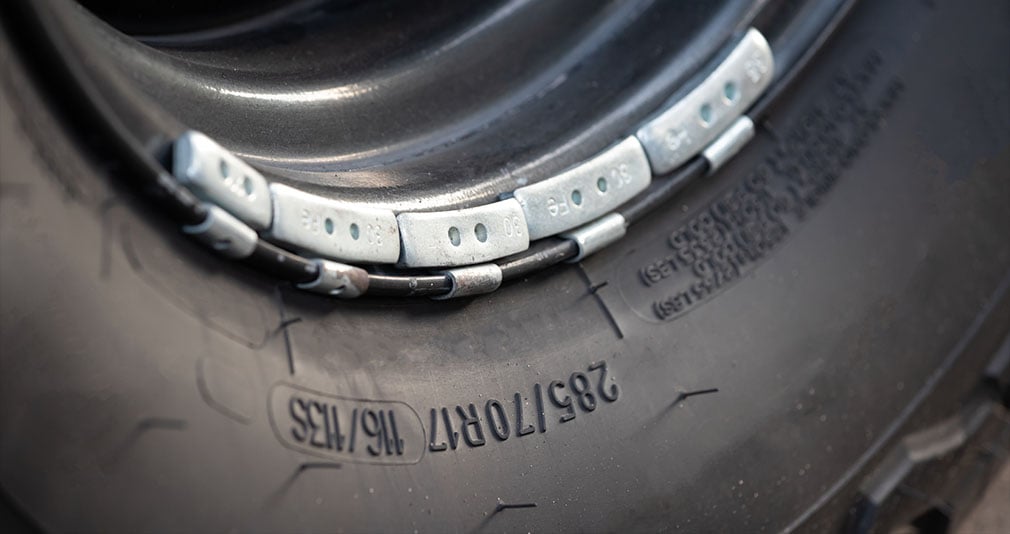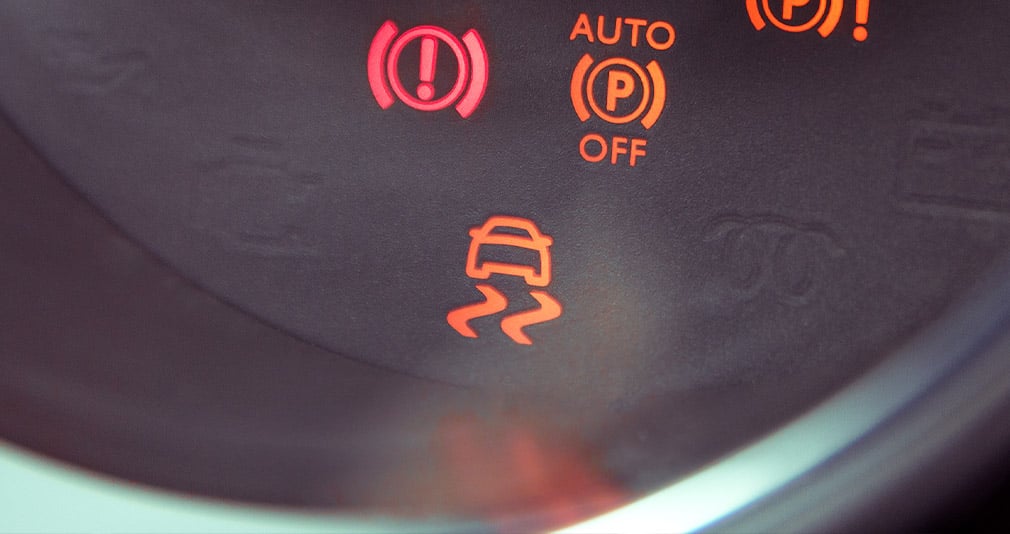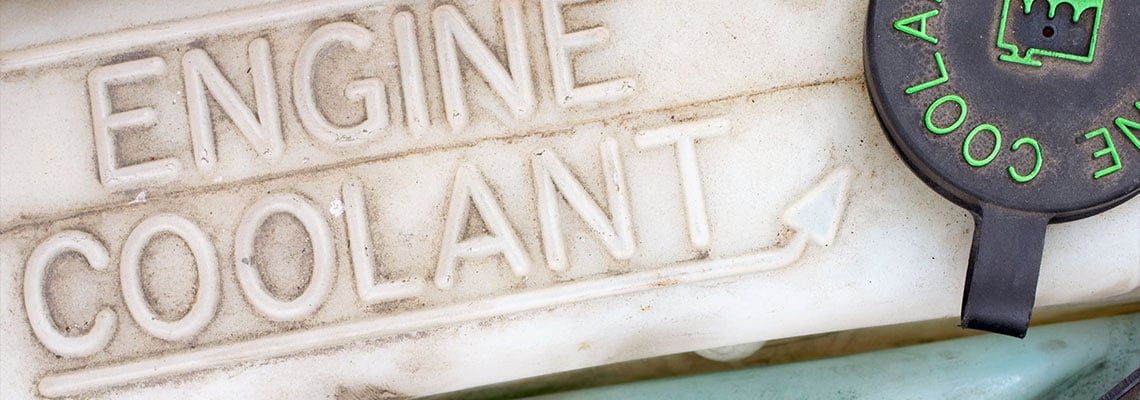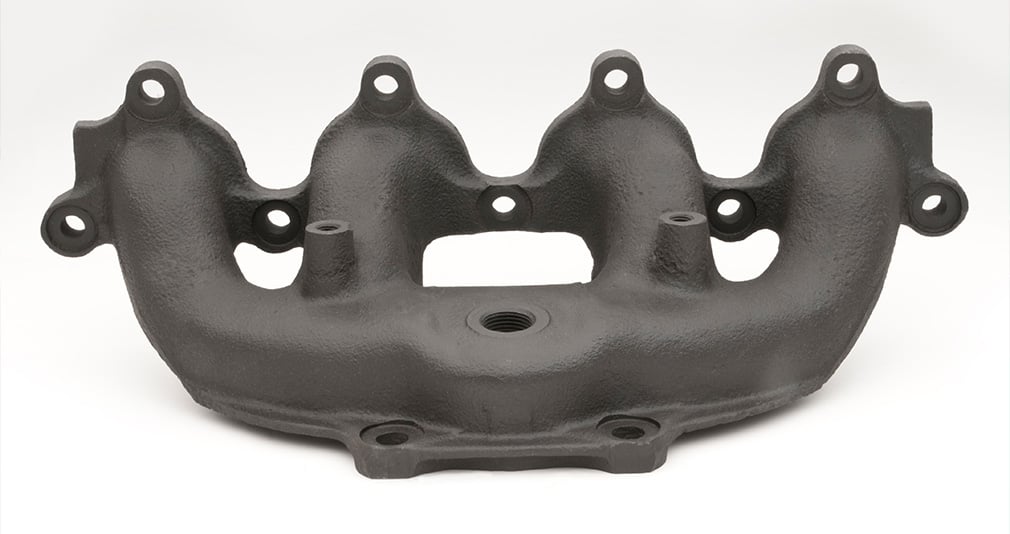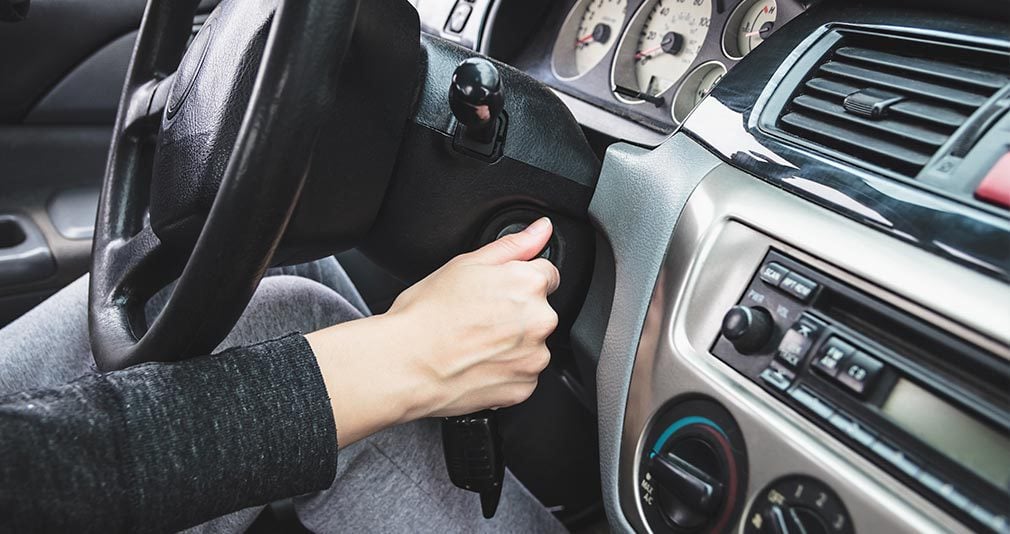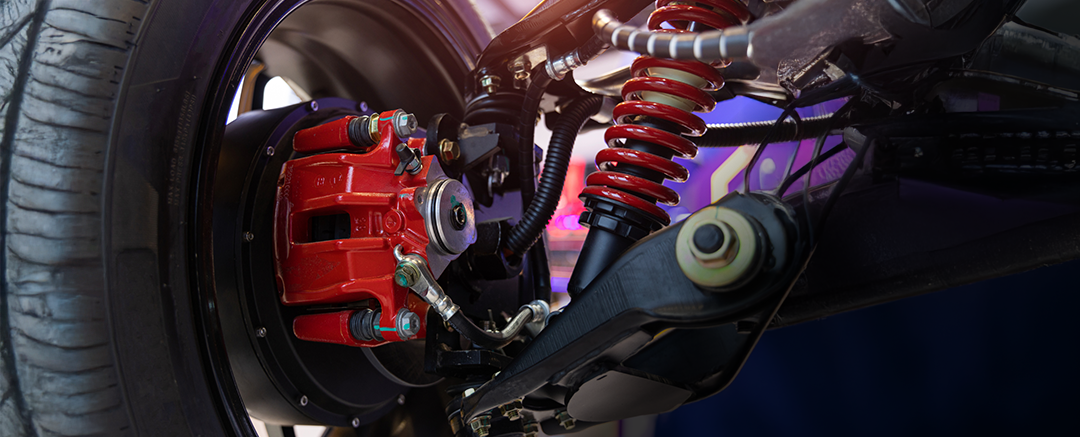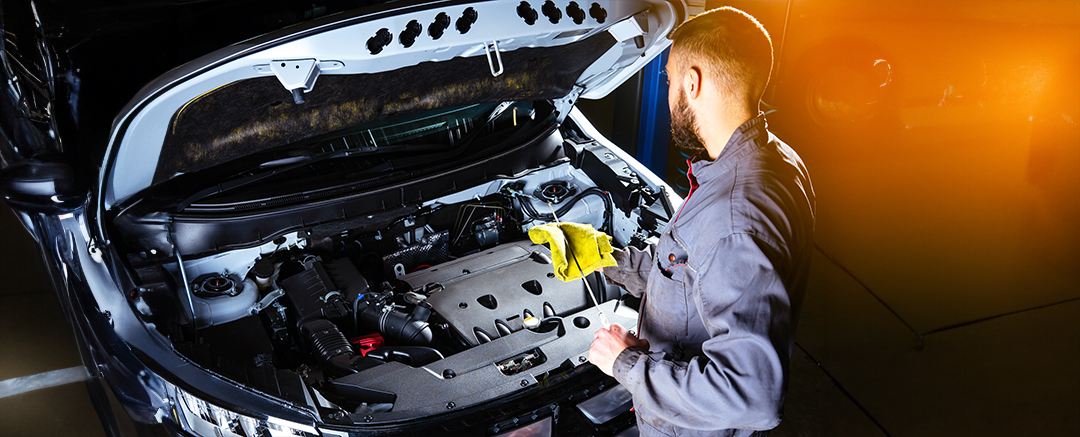Have you ever noticed the long string of letters and numbers on the side of your car’s tires? It’s not some secret code or meant for a professional’s eyes only — it’s actually really useful information for you to know so that you can choose the right tire for your car’s make and model.
We’ve got the rundown on what each of these numbers mean — including type, width, speed rate and more — and how they influence your car’s performance.
Why the Sidewall Numbers Matter
It almost goes without saying that different car makes and models need different tire sizes, but did you know that driving habits, road conditions and handling preferences can also influence the tire type? The numbers on the tire sidewall reflect all of these factors, making it easy for you to find the exact right tire for your lifestyle.
Knowing exactly what you’d like out of your car’s performance can help you find the perfect tire type. We’ll break down what the numbers on your car tires mean so you can feel like a pro when you go into the auto shop.
Here are all the different pieces of information you’ll find on the tire’s sidewall:
Type of Tire
Every US-made tire has a sequence that begins with a letter, which lets you know what type of tire you’re looking at. Two of the most common letters you’ll see are P, for passenger, or LT, for light truck. P-tires are designed for vehicles rated for passengers, while LT tires are for higher load indexes and vehicles that pull trailers or carry heavy cargo.
Sometimes you’ll see tires without letters, which means the tires are Euro-metric. These tires are made to European standards and have different load indexes compared to their US counterparts.
Less common are tires with T, for temporary (often seen on spare tires), or ST, for special trailers.
Width of Tire
Following the letter are three numbers. These refer to the width of the tire, which is measured in millimeters from sidewall edge to sidewall edge. The wider the tire, the larger those three numbers will be.
Aspect Ratio
After the width measurement there’s a slash. Following the slash are two numbers. These refer to the aspect ratio, which is a percentage that compares the sidewall height to the section width. A larger aspect ratio corresponds to a larger sidewall height. Tires with better handling and response will have an aspect ratio that’s less than 55.
Internal Construction of the Tire
Typically you’ll see an R after the aspect ratio numbers. This R refers to “radial,” which represents the internal ply cords that run radially across the tread. These tires are the industry standard and provide good handling, durability, and minimized rolling resistance for better gas mileage.
Wheel Diameter
The final two numbers you’ll see after the R are the wheel diameter, which is expressed in inches.
Tire Load Index
After the wheel diameter there’s a space, and then a two- or three-digit number. This number is the tire load index, which refers to the maximum weight a tire can individually support. The index goes from 1 to 150 and translates to 99 to 7385 pounds.
Your vehicle will have a manufacturer’s recommendation for the maximum load capacity. It’s critical for your safety to only choose tires that meet or exceed the recommended load capacity.
Speed Rating
Finally, you’ll see a letter after the tire load index. This is the speed rating, or the maximum speed in mph the tire can be safely driven over an extended period of time. There are a lot of speed ratings you can refer to here. What’s important to remember is that, even if the number is high, it’s not recommended to actually drive at those speeds.
Your vehicle will have a recommended speed rating in the owner’s manual. Make sure you’re buying tires that meet or exceed those recommendations.
Maximum Air Pressure
Also on the sidewall, you’ll see the recommended air pressure, or psi. These guidelines are actually not the one you want to follow, however. Always fill your tires to the recommended psi, which can be found on the inner driver’s side door of your vehicle. A properly inflated tire will keep you safe, prevent flats and give you better gas mileage.
U.S. Department of Transportation Markings
All tires will have a Department of Transportation code that lets you know the tires have passed minimum safety tests.
UTQG Ratings
The tires will also have a Uniform Tire Quality Grading (UTQG). This refers to a tire’s treadwear, traction and temperature abilities. The treadwear grade will predict the expected life of the tire tread. The traction grade lets you know how the tire will perform in wet conditions. The temperature grade indicates how good the tire is at withstanding and dissipating excessive heat.
You can ask a trust auto shop to help you find the right tires for your car and your driving needs.
The Importance of Tire Maintenance
Because tires are in direct contact with the road, making sure they’re in top condition is an important part of car maintenance. Keeping tires properly maintained will help extend their lives and provide you with the grip and handling ability to drive safely.
Luckily, tire maintenance is easy to do yourself. Make a habit of visually inspecting the tread for any balding, bubbling or uneven wear. A tire tread gauge makes it simple to measure the tread, too; simply line up the rod with the tread and you’ll be able to see if the depth falls into a safe range. Properly inflating the tires will help them to wear evenly and provide better gas mileage.
When you get your oil changed, have your tires rotated at the same time. This will keep them balanced and help them last even longer. By keeping an eye on your tires’ condition, you’ll be able to get the most out of them and recognize when it’s time to get the tires replaced.
What To Do When Your Tires Need Repair
When your tires have reached the end of their effective life, it’s time to get them replaced by a professional. We recommend getting two tires replaced at the same time so that they age at similar rates, although if you do all four at once, many shops will offer a discount. The auto tech will make sure the tires are balanced properly and aligned correctly.
Choosing the right tires for your vehicle starts with cracking the code on the sidewall. Once you’ve picked the perfect tire, keep them working properly with a trusted auto repair shop, and you’ll enjoy the benefits every time you drive.

